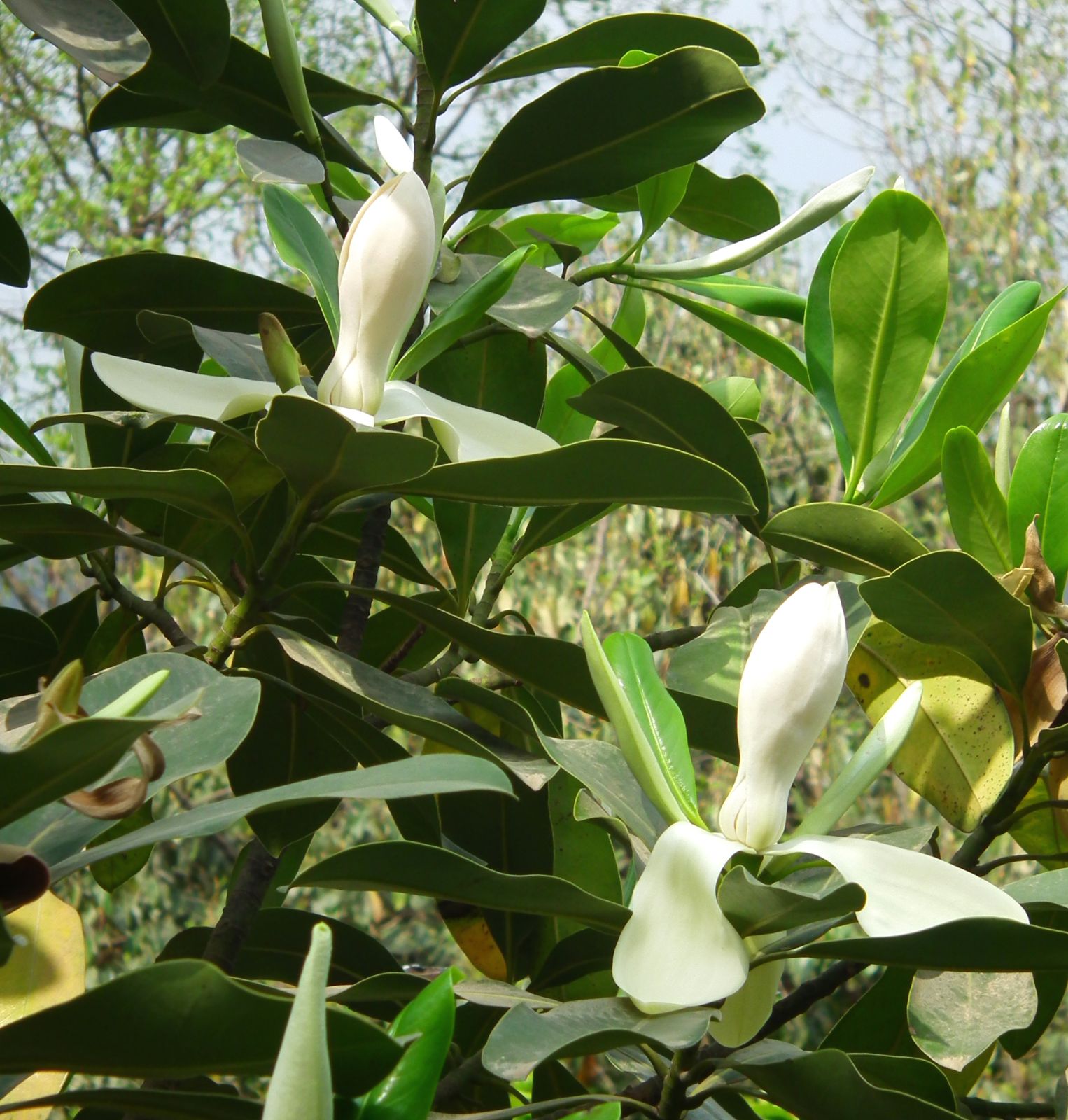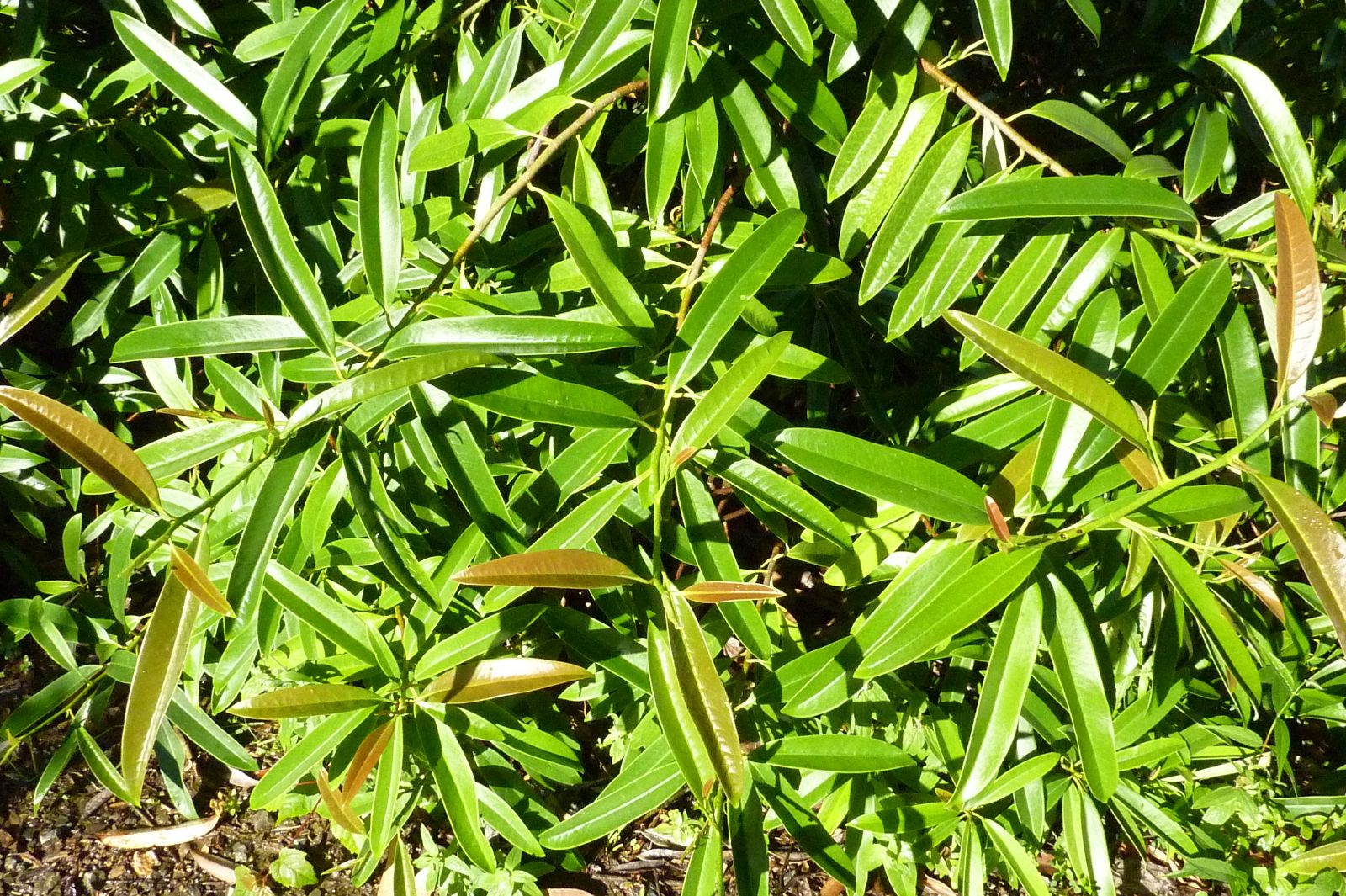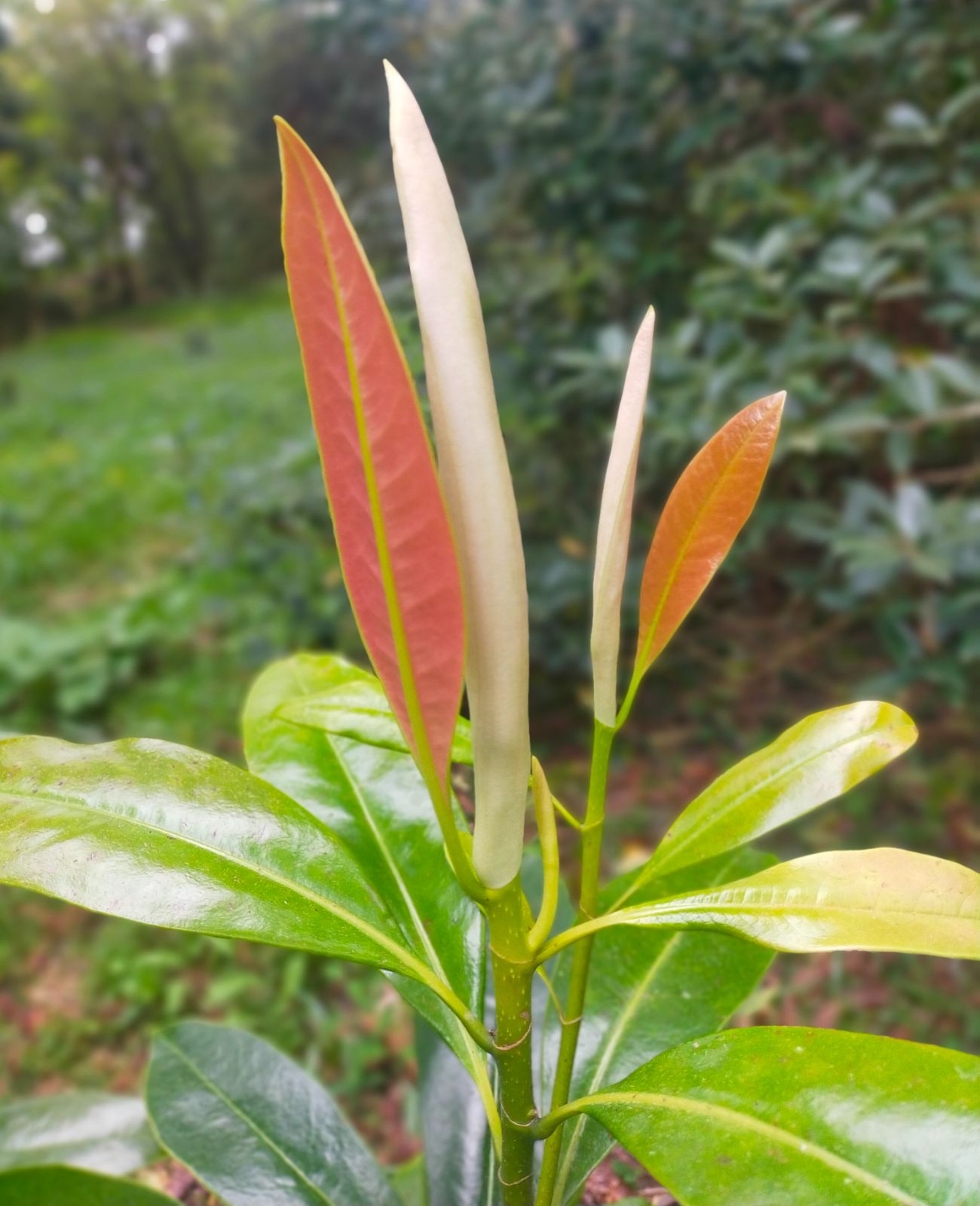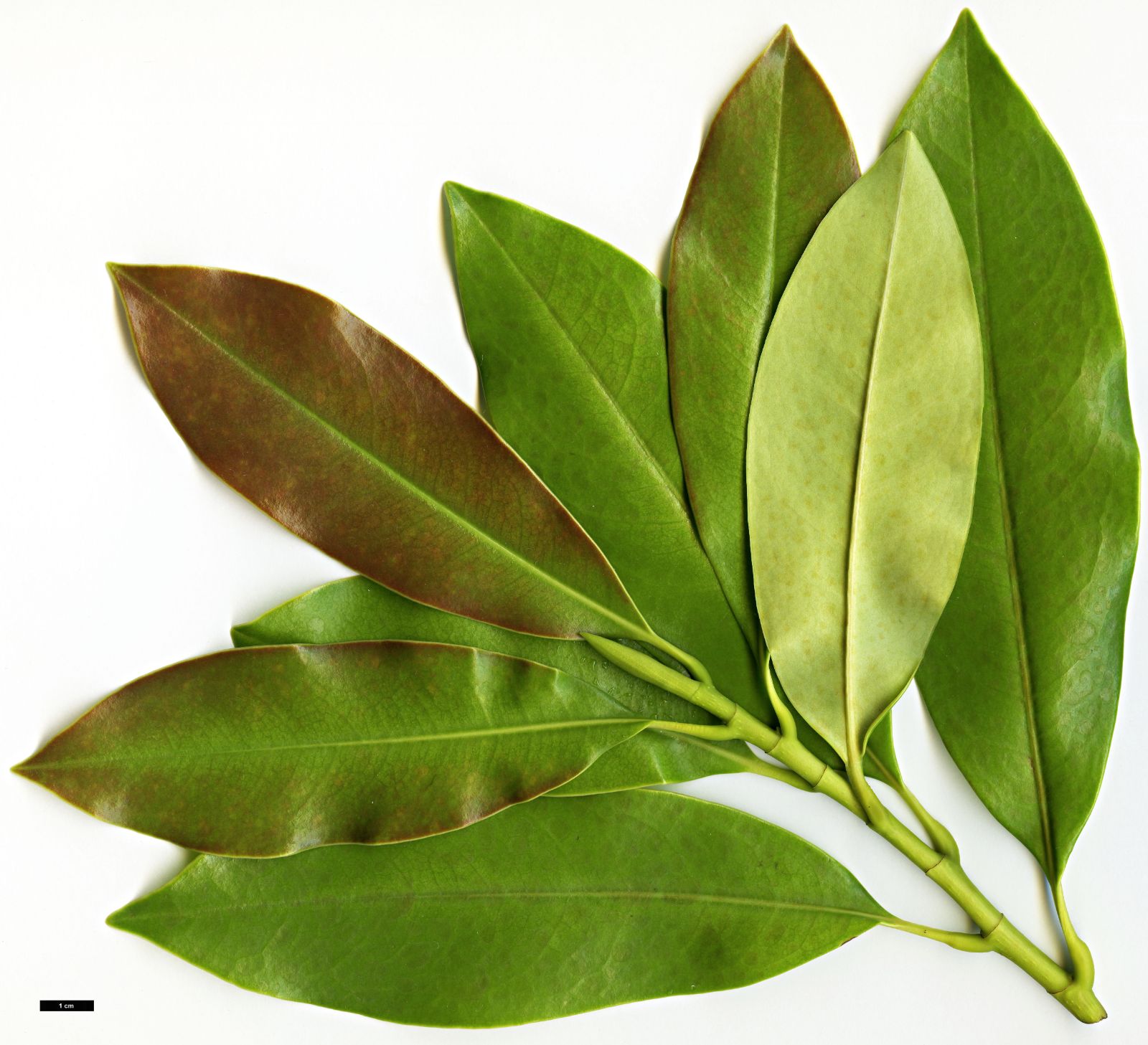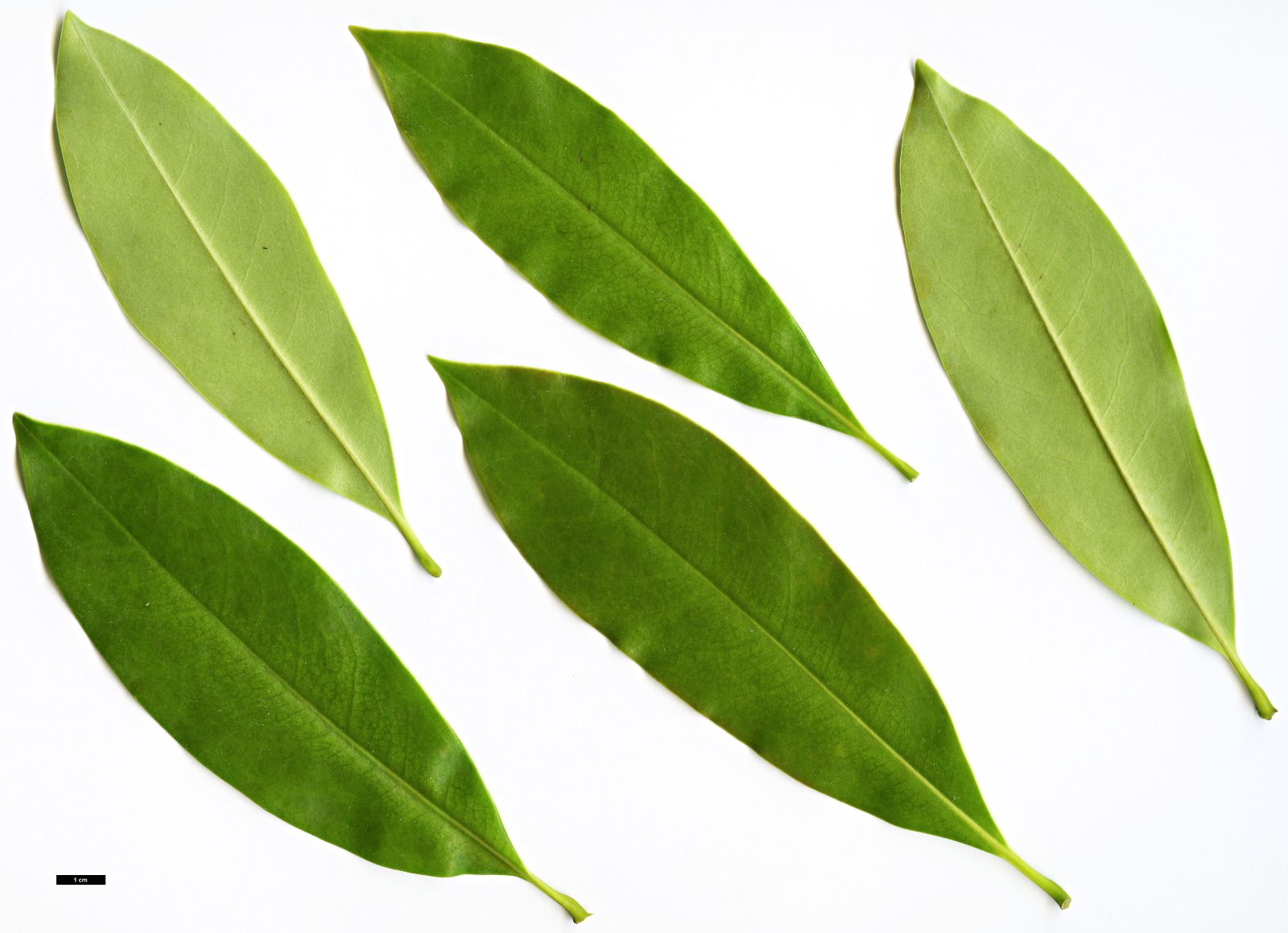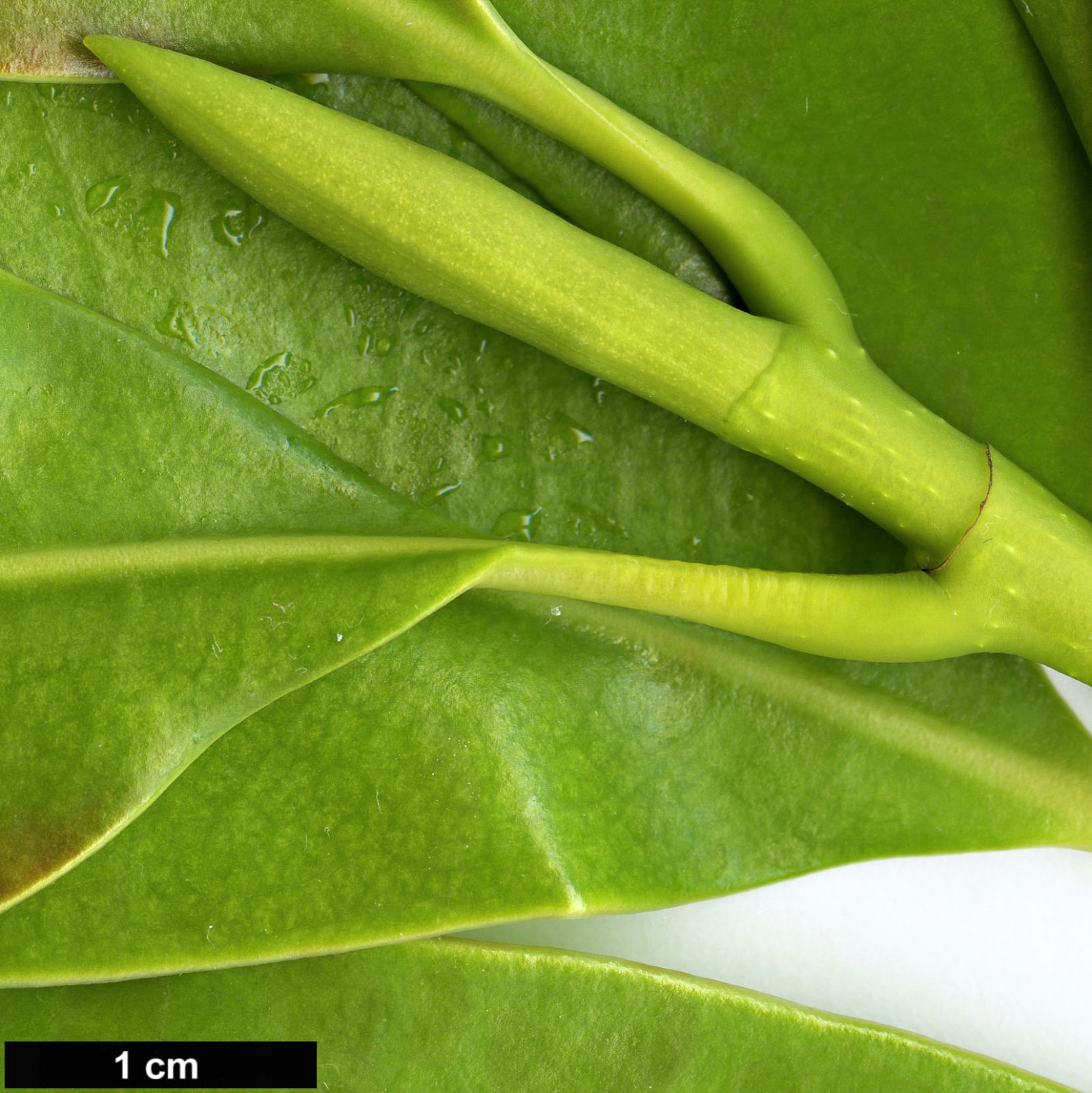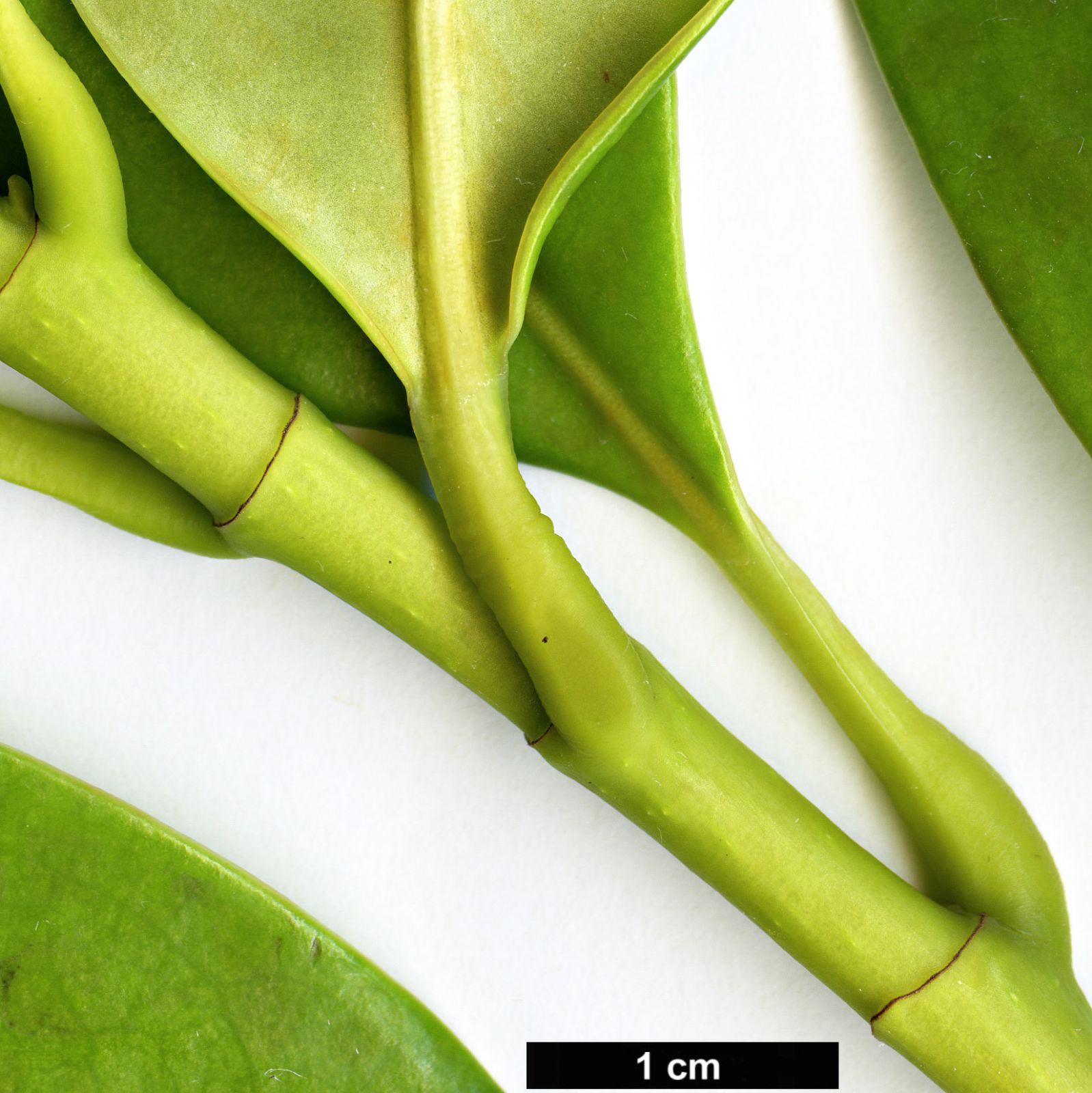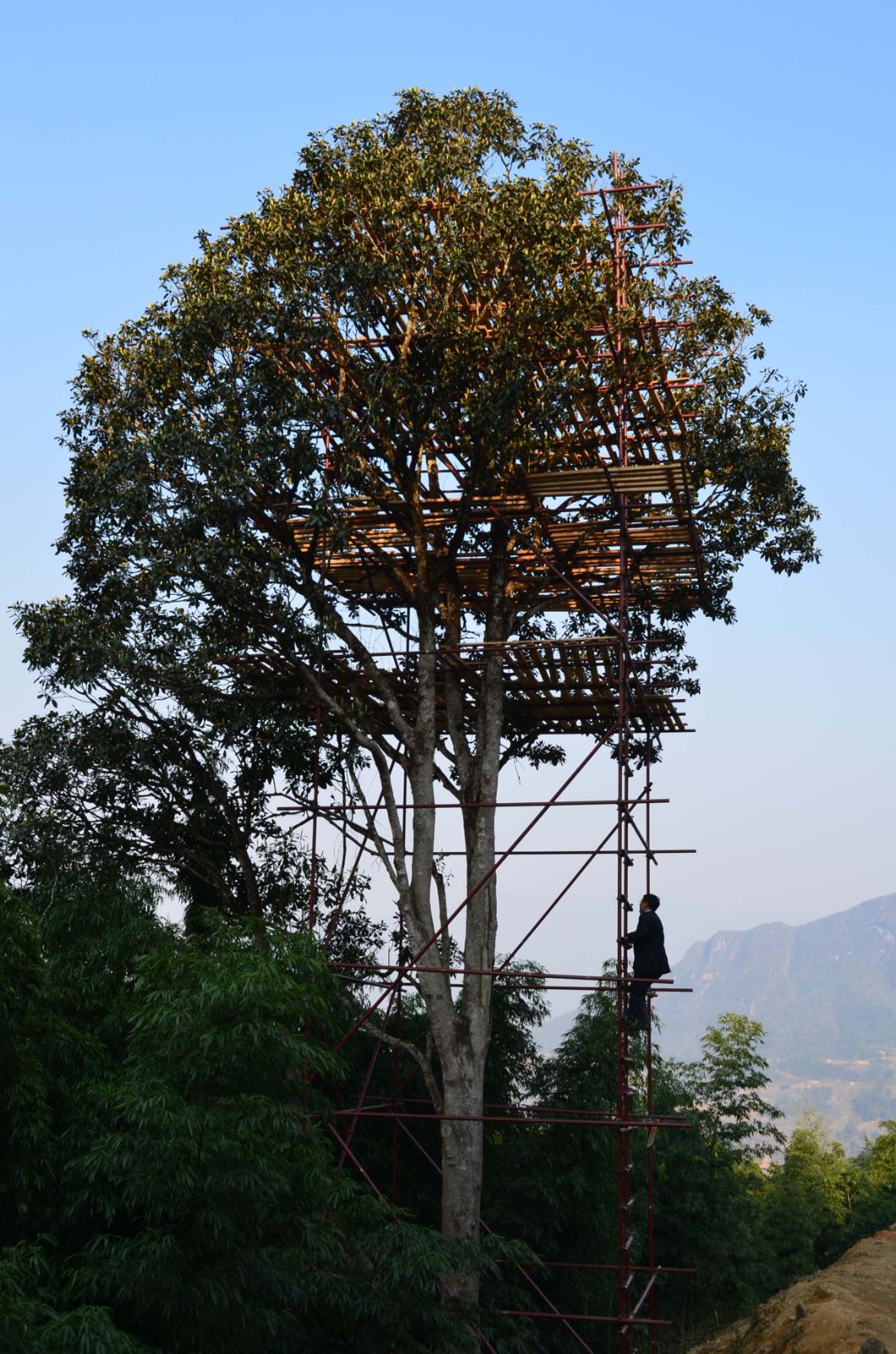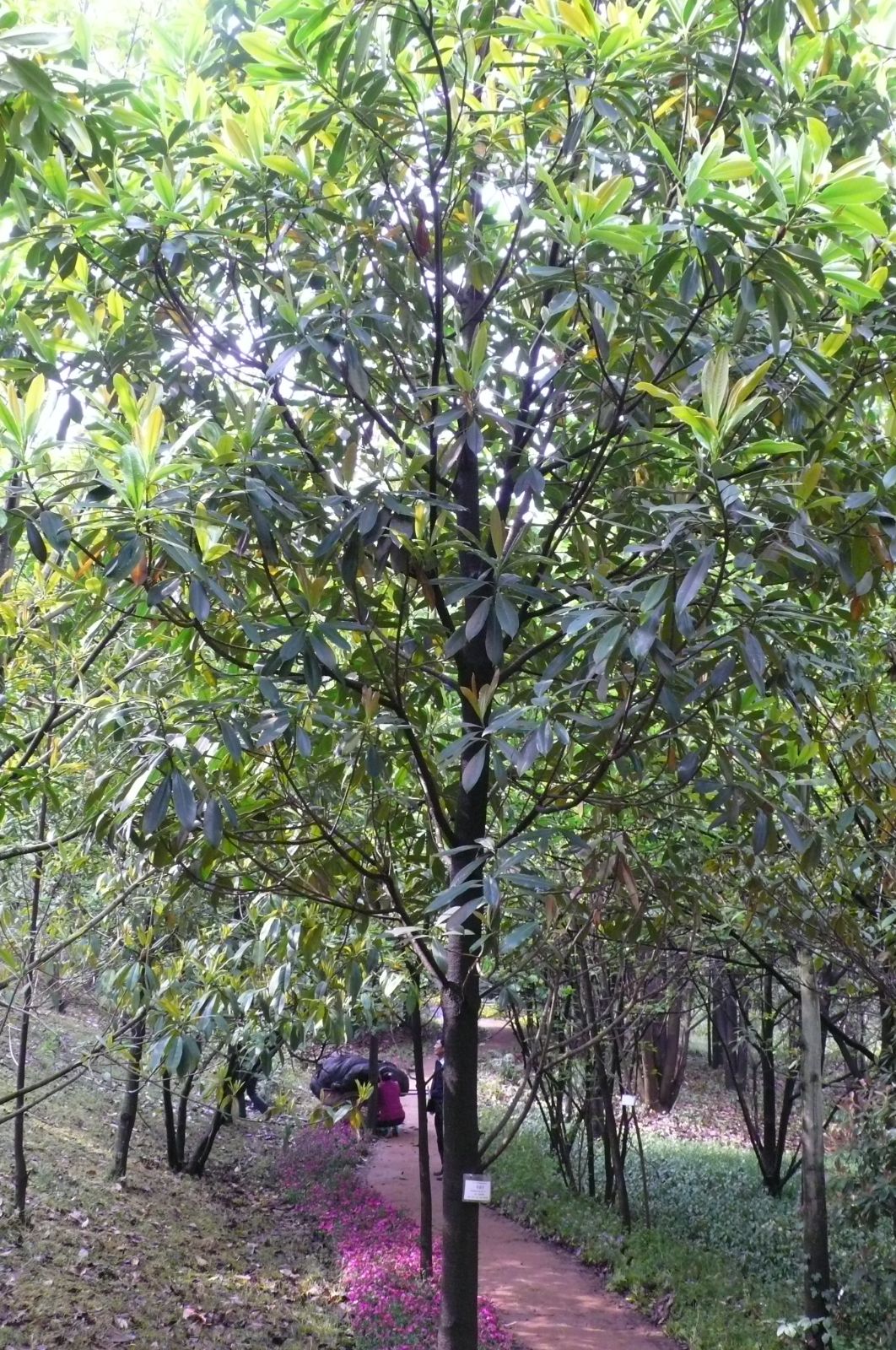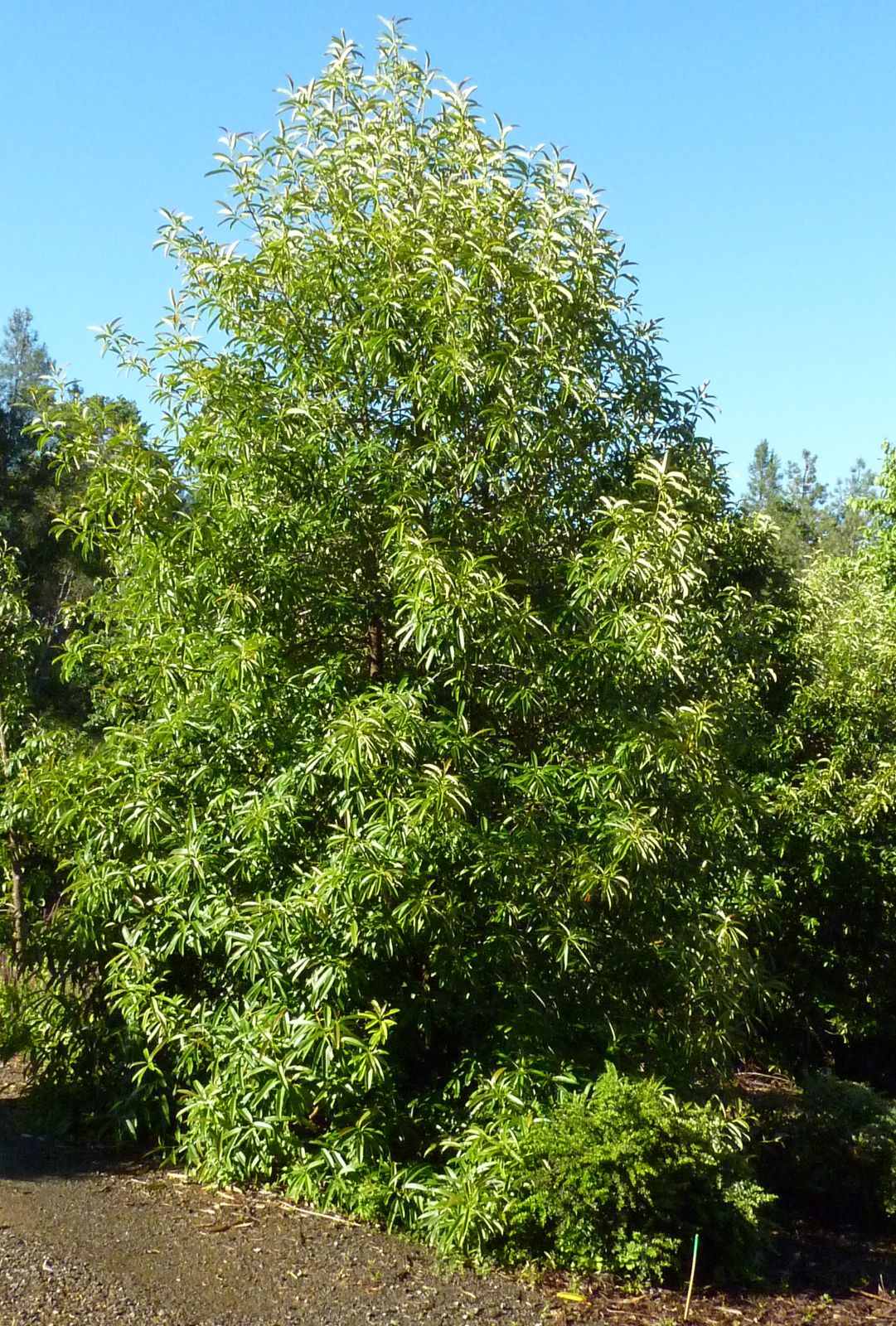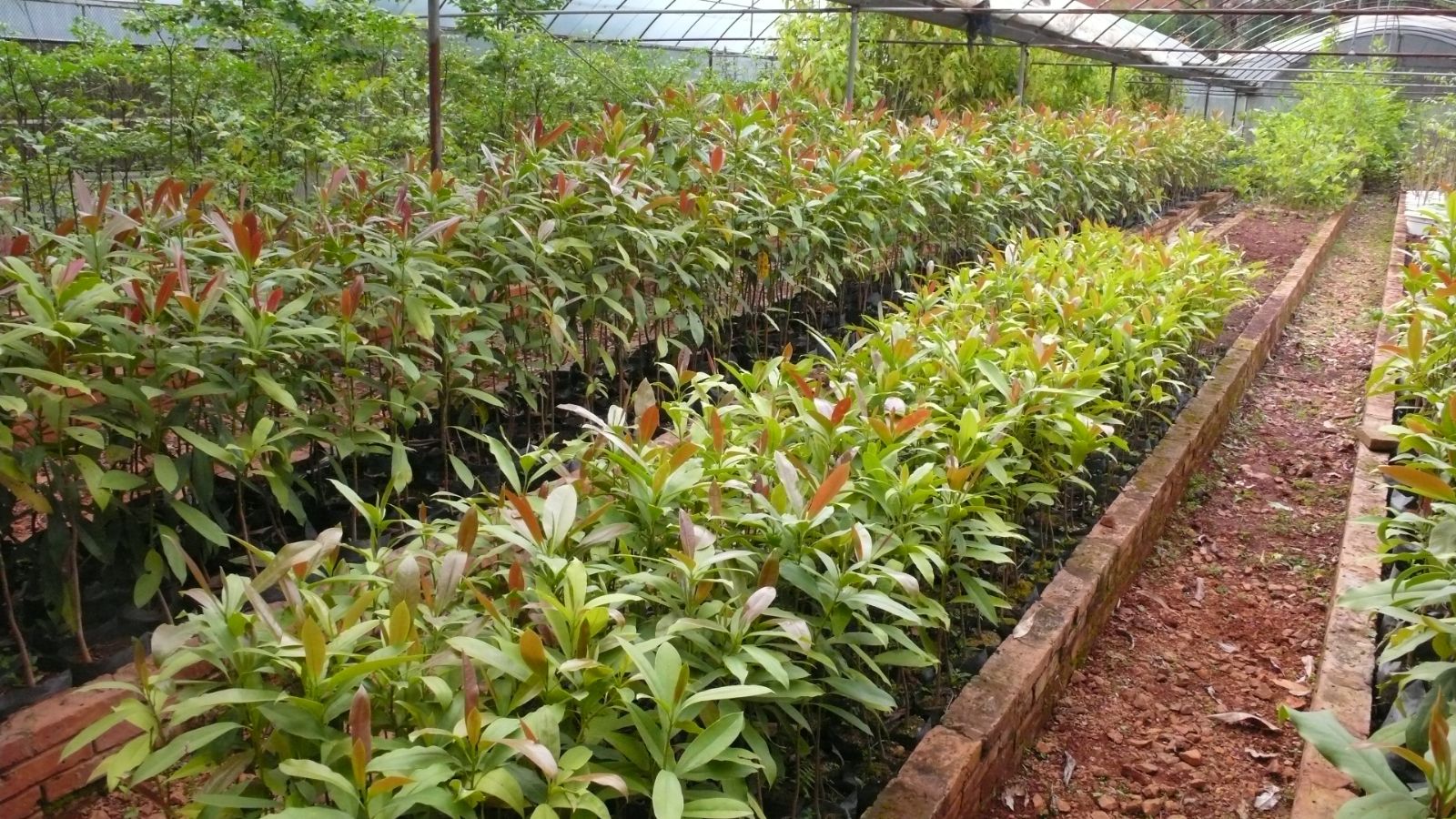Magnolia sinica
Sponsor
Kindly sponsored by
The Roy Overland Charitable Trust

Credits
Julian Sutton (2022)
Recommended citation
Sutton, J. (2022), 'Magnolia sinica' from the website Trees and Shrubs Online (treesandshrubsonline.
Genus
- Magnolia
- Section Gynopodium
Synonyms
- Manglietiastrum sinicum Y.W. Law
- Manglietia sinica (Y.W. Law) B.L. Chen & Noot.
- Pachylarnax sinica (Y.W. Law) N.H. Xia & C.Y. Wu
Other taxa in genus
- Magnolia acuminata
- Magnolia × alba
- Magnolia amabilis
- Magnolia amoena
- Magnolia aromatica
- Magnolia biondii
- Magnolia × brooklynensis
- Magnolia campbellii
- Magnolia cathcartii
- Magnolia cavaleriei
- Magnolia caveana
- Magnolia champaca
- Magnolia changhungtana
- Magnolia chapensis
- Magnolia compressa
- Magnolia conifera
- Magnolia Cultivars A
- Magnolia Cultivars B
- Magnolia Cultivars C
- Magnolia Cultivars D
- Magnolia Cultivars E
- Magnolia Cultivars F
- Magnolia Cultivars G
- Magnolia Cultivars H–I
- Magnolia Cultivars J
- Magnolia Cultivars K
- Magnolia Cultivars L
- Magnolia Cultivars M
- Magnolia Cultivars N–O
- Magnolia Cultivars P
- Magnolia Cultivars Q–R
- Magnolia Cultivars S
- Magnolia Cultivars T
- Magnolia Cultivars U–V
- Magnolia Cultivars W–Z
- Magnolia cylindrica
- Magnolia dandyi
- Magnolia dawsoniana
- Magnolia de Vos and Kosar hybrids
- Magnolia decidua
- Magnolia delavayi
- Magnolia denudata
- Magnolia doltsopa
- Magnolia duclouxii
- Magnolia ernestii
- Magnolia figo
- Magnolia floribunda
- Magnolia × foggii
- Magnolia fordiana
- Magnolia foveolata
- Magnolia fraseri
- Magnolia fulva
- Magnolia globosa
- Magnolia × gotoburgensis
- Magnolia grandiflora
- Magnolia grandis
- Magnolia Gresham hybrids
- Magnolia guangdongensis
- Magnolia hookeri
- Magnolia insignis
- Magnolia Jury hybrids
- Magnolia × kewensis
- Magnolia kobus
- Magnolia kwangtungensis
- Magnolia laevifolia
- Magnolia lanuginosa
- Magnolia leveilleana
- Magnolia liliiflora
- Magnolia × loebneri
- Magnolia lotungensis
- Magnolia macclurei
- Magnolia macrophylla
- Magnolia martini
- Magnolia maudiae
- Magnolia nitida
- Magnolia obovata
- Magnolia officinalis
- Magnolia opipara
- Magnolia × proctoriana
- Magnolia × pruhoniciana
- Magnolia rostrata
- Magnolia salicifolia
- Magnolia sapaensis
- Magnolia sargentiana
- Magnolia sieboldii
- Magnolia sinensis
- Magnolia sinostellata
- Magnolia × soulangeana
- Magnolia sprengeri
- Magnolia stellata
- Magnolia tamaulipana
- Magnolia × thomsoniana
- Magnolia tripetala
- Magnolia × veitchii
- Magnolia virginiana
- Magnolia × wieseneri
- Magnolia wilsonii
- Magnolia xinganensis
- Magnolia yunnanensis
- Magnolia yuyuanensis
- Magnolia zenii
Tree to 40 m, 1.2 m dbh. Bark grey and longitudinally fissured. Branchlets dark green to brown and glabrous. Leaves evergreen, leathery, 15–26(–30) × 5–8(–9.5) cm, narrowly obovate, upper surface glossy green and glabrous, lower surface pale green and glabrous, 13–16 secondary veins on each side of the midrib, margins entire and slightly revolute, apex short-acuminate; petiole 1.5–2 cm long, glabrous and slightly thickened at the base; stipules free from the petiole. Flowers solitary and terminal, fragrant; tepals 9, outer three oblong to spathulate, deep red outside and reddish pink inside, inner tepals obovate to spathulate, white and smaller than outer tepals; stamens cream to red; gynoecium sessile with 13–16 carpels. Fruits 5–8.5 cm long, obovoid to ellipsoid and green to brown; ripe carpels thick and woody, lenticellate, oblong to elliptic and 2.5–4 cm long, opening along the ventral suture and splitting at the apex. Flowering late April, fruiting October to November (China). Diploid 2n=38. (Chen & Nooteboom 1993; Liu et al. 2004).
Distribution China SE Yunnan
Habitat Evergreen broadleaved forest, 1300–1550 m.
USDA Hardiness Zone 9-10
RHS Hardiness Rating H3
Conservation status Critically endangered (CR)
Given the extreme rarity of Magnolia sinica in the wild (about 50 mature individuals at a single site – IUCN 2021) it is good to know that it is in cultivation both in and outside China. In many ways this evergreen tree, magnificent in the wild, resembles members of Section Manglietia in general habit, as well as its terminal flowers with 9 tepals and more than 2 ovules per carpel (Chen & Nooteboom 1993). However, several features including the absence of stipular scars on the petioles, and the shortly stalked gynoecium do not fit the pattern, and it is no longer thought to be closely related to the manglietias. Propagation efforts led by Prof. Sun Weibang at Kunming Botanical Garden with the aim of reintroduction, have been successful to the extent that Rivers et al. (2016) could report over 5,000 saplings in their nurseries.
Seed was obtained from Xichou Co., Yunnan by the University of California Botanical Garden at Berkeley in 1995, and from this introduction plants have been distributed to other collections, as well as being grown at Berkeley, where it was still recorded as alive in 2021 (University of California Botanical Garden 2021). At Quarryhill, a specimen from this source had achieved 4 m by 2004. It looks like a fastigiate Cherry Laurel (Prunus laurocerasus) or perhaps a narrow-leaved Magnolia grandiflora, with the difference that the new leaves flush a handsome bronzy red. The leaves of the Quarryhill individual were somewhat sunburnt on the southwestern side when observed by John Grimshaw for New Trees, indicating that some shade would be advisable.
In Europe, Tom Hudson has a single plant growing at Tregrehan; now 2 m tall, it has not flowered (pers. comm. 2022).

